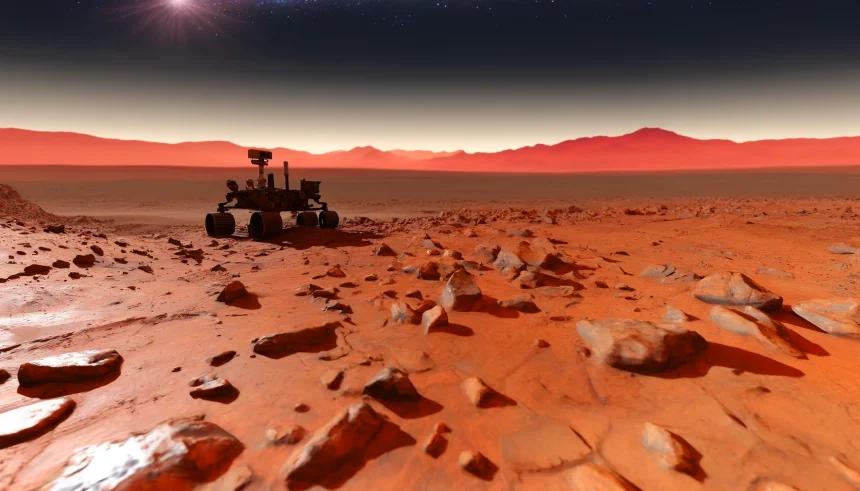New insights into the Moon’s formation have emerged from recent studies of Apollo mission rock samples. Scientists have determined that the Moon solidified approximately 4.43 billion years ago, coinciding with Earth’s emergence as a habitable planet. This discovery sheds light on the early solar system’s dynamics and the processes that shaped our closest celestial neighbor.
Research conducted by the University of Chicago’s Nicolas Dauphas and his team involved measuring the elemental compositions in Moon rocks. These measurements offer a glimpse into the Moon’s initial phases, revealing that it began as a molten mass resulting from a colossal collision between early solar system bodies. As the proto-Moon cooled, it developed distinct layers, with the majority of the lunar magma ocean solidifying over time.
What Role Did KREEP Play in the Moon’s Formation?
The remaining 1% of the magma ocean formed a unique liquid known as KREEP, comprising potassium, rare earth elements, and phosphorus. Dauphas and his team found that KREEP originated around 140 million years after the solar system’s inception. This discovery is based on the analysis of lutetium and hafnium ratios in lunar zircons, indicating a uniform distribution of KREEP across the Moon’s surface.
How Did Lunar Bombardment Influence Its Crystallization?
The study revealed that the Moon’s crystallization occurred amidst heavy bombardment by leftover planetary embryos and planetesimals. These impacts continued even after the Moon’s initial formation, which is believed to have resulted from a Mars-sized object’s collision with the early Earth. This chaotic period played a significant role in shaping the Moon’s geological structure.
What Are the Implications for Earth’s Evolution?
Determining the Moon’s cooling timeline offers valuable insights into Earth’s own development. The impact event that formed the Moon likely marked the last major collision Earth experienced, paving the way for a stable environment conducive to life. Dauphas stated,
“We have a number of other questions that are waiting to be answered.”
This research not only clarifies lunar history but also enhances our understanding of Earth’s early habitability.
Future missions, such as those under the Artemis program, aim to collect more samples from the Moon’s South Pole-Aitken basin. These samples will help validate the current findings and provide a more comprehensive timeline of the Moon’s geological evolution. The ongoing study of KREEP and other lunar materials remains crucial for unraveling the complexities of our solar system’s formation.
Advancements in geochemical analysis techniques have been pivotal in achieving these precise age determinations. The collaboration between various research institutions continues to drive forward our knowledge of lunar and terrestrial history, highlighting the interconnectedness of celestial bodies in the early solar system.










